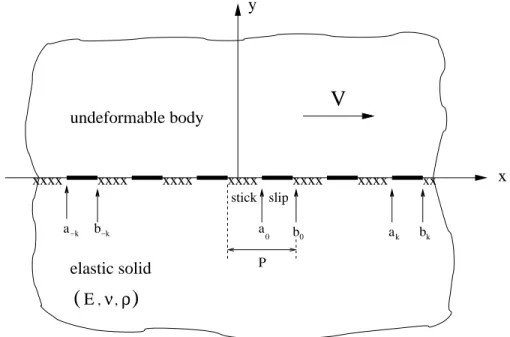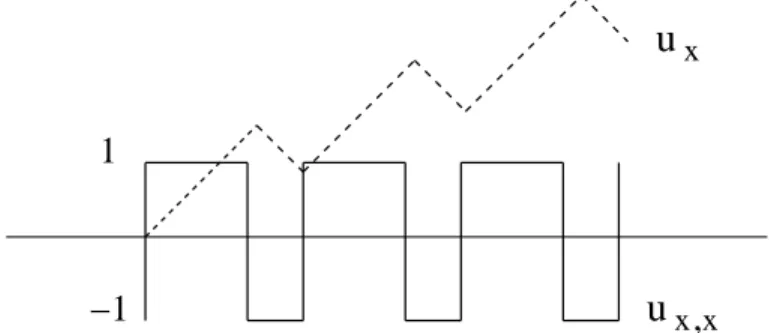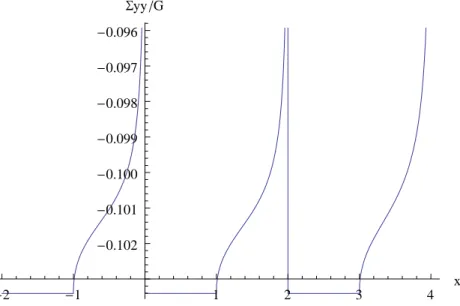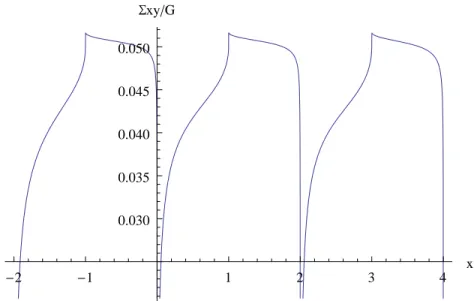Stick-slip waves between elastic and rigid half-spaces
Texte intégral
Figure




Documents relatifs
Le défaut de "stick-slip" (ou défaut oscillant) est bien connu pour les polymères linéaires : sur un rhéomètre capillaire à débit imposé, on observe qu’à partir
(2012) that short pillars (or other type of resonators (Boechler et al., 2013)) on an elastic half-space can alter the dispersion curves by introducing Bragg and resonant band-gaps
Spontaneous case From the position signal of the peeling point in the roller reference frame, we compute the instantaneous velocity and plot it as a function of time (black dots
• In configurations c and k, the advancing displacement of one contact point, when accompanied by a receding displacement of the other contact line increases the liquid-gas
We draw particular attention to some non-standard effects associated with the propagation of Love waves in con- ventional isotropic elastic half spaces coated with thin films
which allows one tu measure not only averaged properties but aise the localisation m space and time of trie stick-slip dynamics. This experiment, as many other numerical simulations
To illustrate the differences between static and dynamic stresses and begin to focus ideas, we proceed to make a brief detour and consider first the case of a dynamic vertical
Elle a obtenu des résultats étonnants pour un milieu infini en tension perpendiculaire à la fissure : le cisaillement en tête de fissure est singulier comme O(r − 1/2 ), la